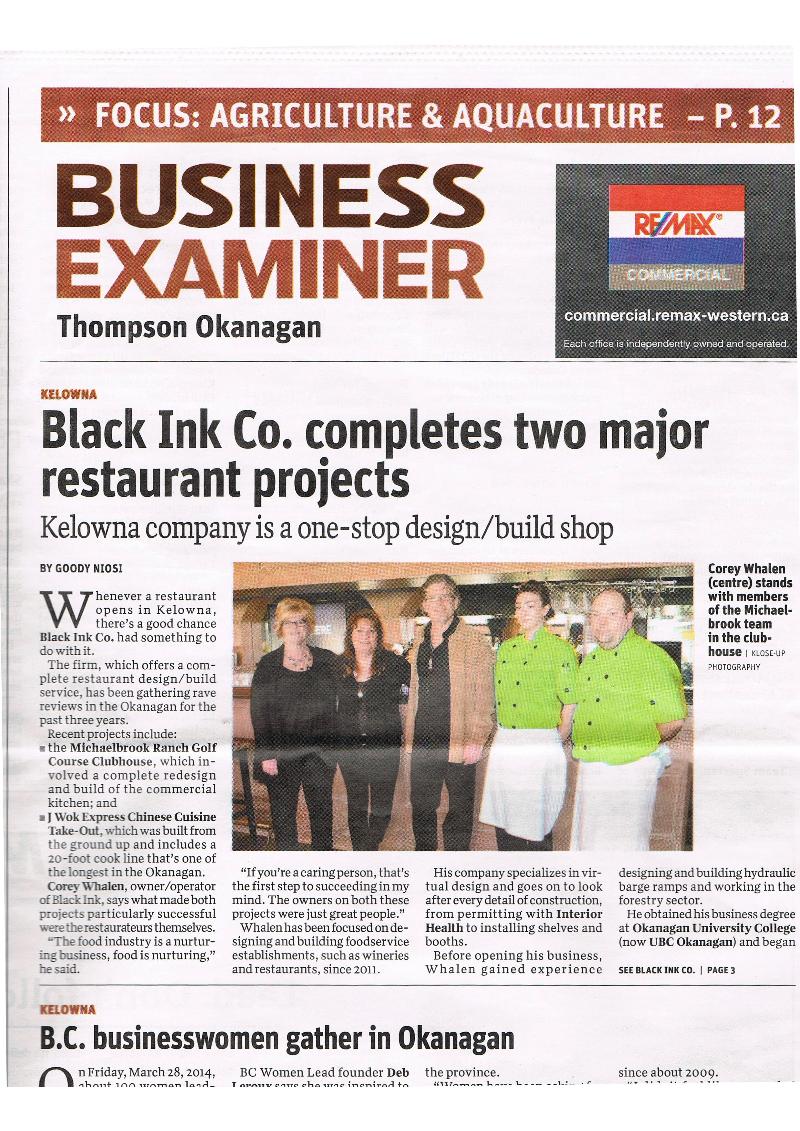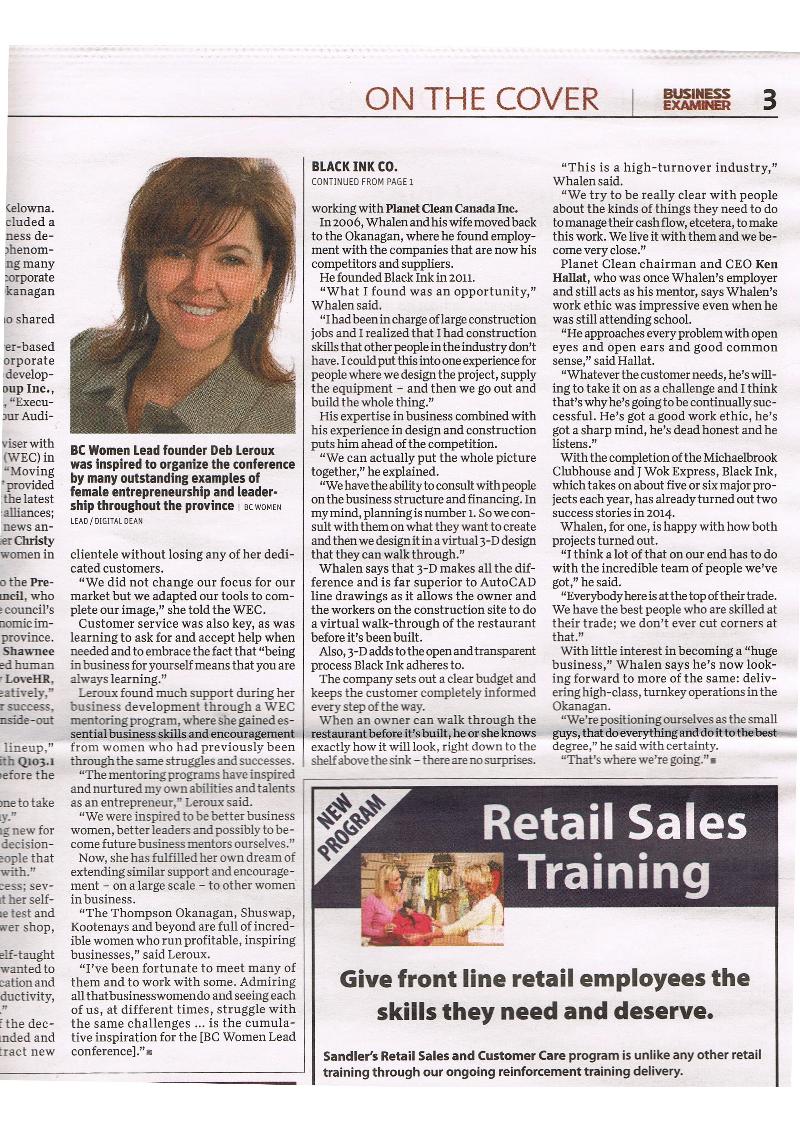Gas Fired Make-Up Air Vs. Electric Make-Up air
All commercial kitchen hood systems require Make-Up Air units to deliver outside air near to the exhaust hood. Make-Up Air units must deliver a roughly equivalent amount of air to that removed by the exhaust hood fan; this is referred to as a balanced system. So how do you decide between Gas Fired Make-Up Air and Electric Make-Up Air unit for your situation?
Part of the answer is in the up-front cost. If you need to save $3000 - $5000 today, then you may choose electric. Electric Make-Up Air heaters are always less initial cost, but they are less efficient than gas. A good analogy is to think of your standard home electric base board heaters…they are cheap to purchase and install, but are inefficient and costly to operate…same pros and cons with Electric Make-Up Air. If you experience temperatures below -15C for extended periods of the year, then this may not be the option for you.
If it is efficiency and long-run operating cost savings you want, then Gas Fired Make-Up Air is for you. Yes, they cost more just like a gas furnace in a house; however, they are very efficient and will last long enough for you to recover your added investment in operating cost savings. In freezing climates Gas Fired Make-Up Air units generate instant reliable heat and make the most comfortable working environment. If you experience temperature below -15C for extended periods of the year, then this gas option is right for you.
The wild card is the building services where the Make-Up Air unit is going. You will need a dedicated 100Amp circuit for an Electric Make-Up Air, so always check your power source. Conversely, you will need hundreds of thousands of BTU’s for a Gas fired Make-Up Air, so check your gas meter. It is good to know that electrical panel and service upgrades can cost big bucks, but gas meter upgrades are fast and generally free from your regional gas company. In other words if you are considering Electric Make-Up Air, CHECK YOUR BUILDING SERVICES can support it before you buy. If the building itself is short on power, you may not even be able to add a larger panel without a transformer upgrade that could cost you $15000 - $20000!

